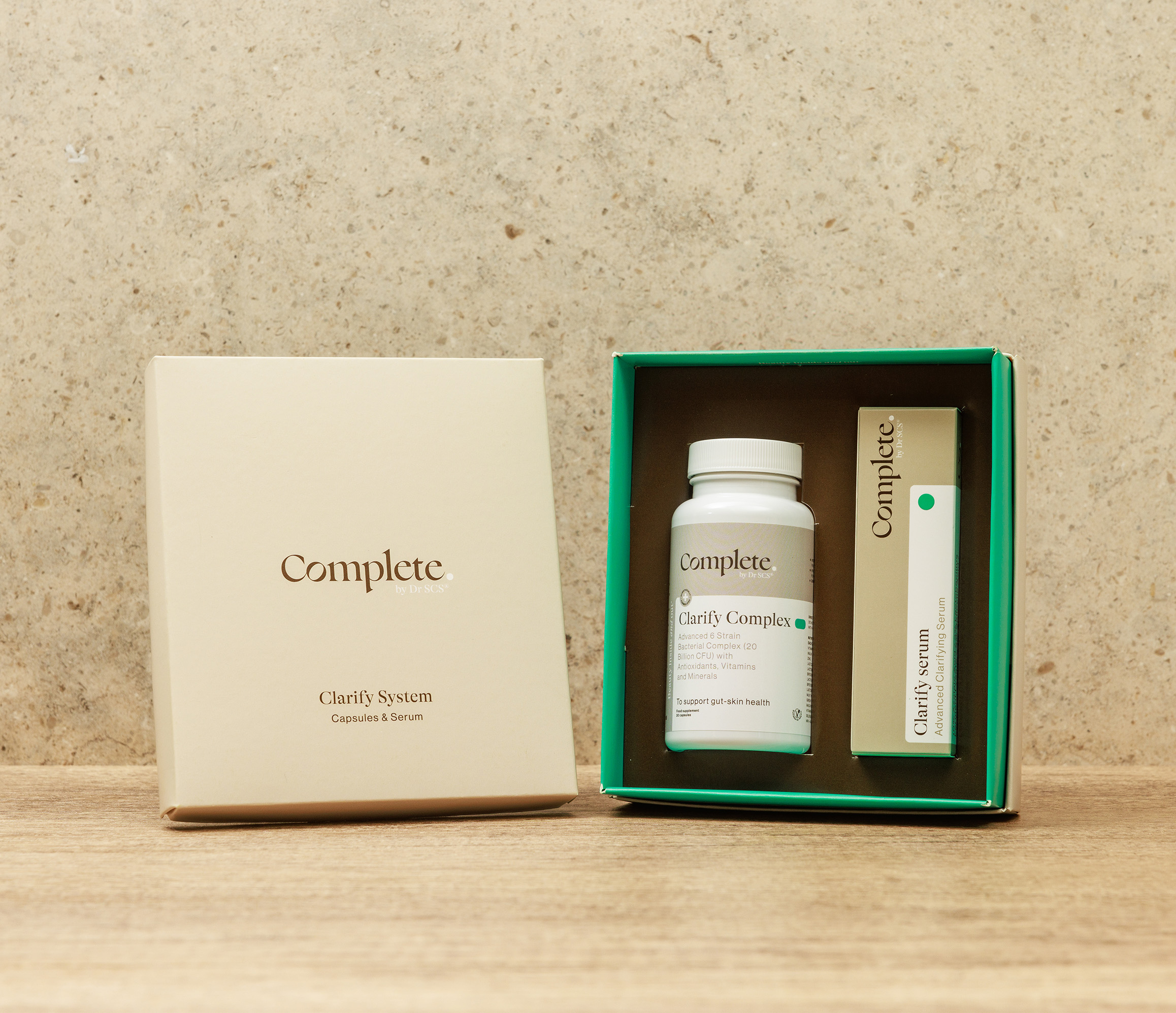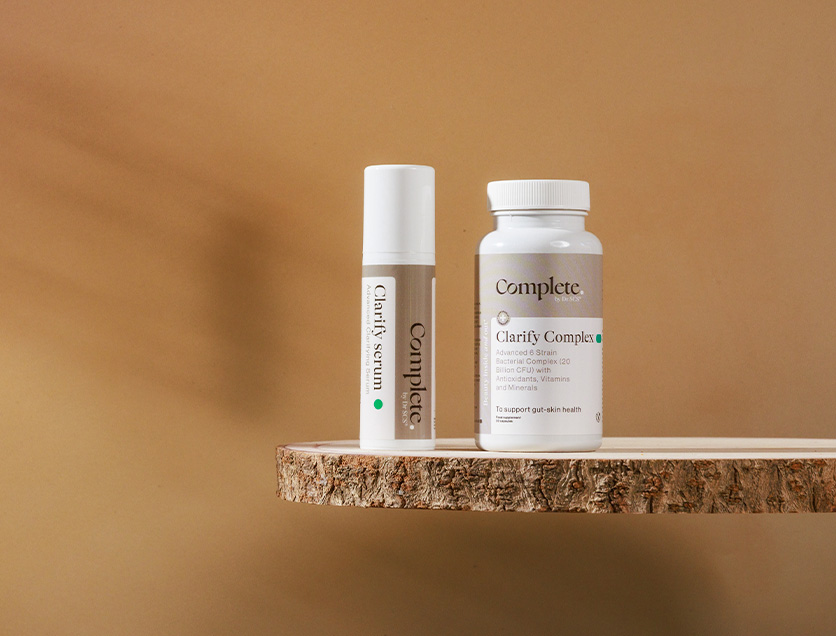
Why Your “Sensitive Skin” Might Actually Be Damaged Skin
Half of all adults claim to have sensitive skin, yet most are actually dealing with something entirely different—barrier damage that masquerades as inherent sensitivity. This misunderstanding leads people down endless rabbit holes of “gentle” products that never actually solve the problem.
Here’s the reality check: true sensitive skin is relatively rare. What most people experience is compromised barrier function caused by years of well-intentioned but misguided skincare choices. Over-cleansing, aggressive exfoliation, and mixing incompatible products create a cascade of damage that makes skin reactive to everything.
The typical “sensitive skin” story follows a predictable pattern. Someone starts with normal skin, adds too many products too quickly, experiences irritation, then strips their routine down to the barest essentials. But minimal skincare often perpetuates the problem rather than fixing the underlying damage.
Think of your skin barrier like a brick wall. The “bricks” are skin cells, and the “mortar” is lipids that hold everything together. When this mortar gets stripped away—usually by harsh cleansers or over-exfoliation—irritants slip through the cracks while water escapes, creating that tight, reactive feeling most people associate with sensitivity.
“Most people treating ‘sensitive skin’ are actually dealing with barrier damage they’ve inadvertently created. The solution isn’t avoiding everything—it’s rebuilding the protective barrier that’s been compromised.”
–
Dr. SCS
Healthy skin maintains an acidic environment around 4.5-5.5, which supports beneficial bacteria and keeps the barrier intact. But most cleansers, especially foaming ones, push skin toward alkaline levels, disrupting this delicate balance and creating the perfect storm for sensitivity.
Rebuilding damaged barriers requires strategic intervention, not gentle avoidance. The Complete by Dr SCS Clarify system demonstrates this approach—rather than tiptoeing around damaged skin, it provides barrier-supporting ingredients like ceramides and niacinamide while maintaining optimal pH levels that allow healing to occur.
The internal component often gets overlooked entirely. Chronic inflammation from gut issues, nutritional deficiencies, or ongoing stress manifests as increased skin reactivity. You can baby your skin externally all you want, but if internal inflammatory processes remain active, sensitivity persists.
Recovery timeline requires brutal honesty about expectations. Rebuilding barrier function takes 8-12 weeks of consistent, appropriate care—not the instant relief most people desperately want. But here’s the payoff: properly rebuilt barriers become more resilient than they were originally, often allowing people to use products they never thought they could tolerate.
The most liberating realisation? Your skin probably isn’t inherently sensitive. It’s damaged, and damage can be repaired with the right approach, patience, and realistic expectations about the healing process.


Join our mailing list
Stay in the loop! Join our newsletter for exclusive updates and promotions
Articles we think you will like


Building Your Skincare Routine: Evidence-Based Layering Principles
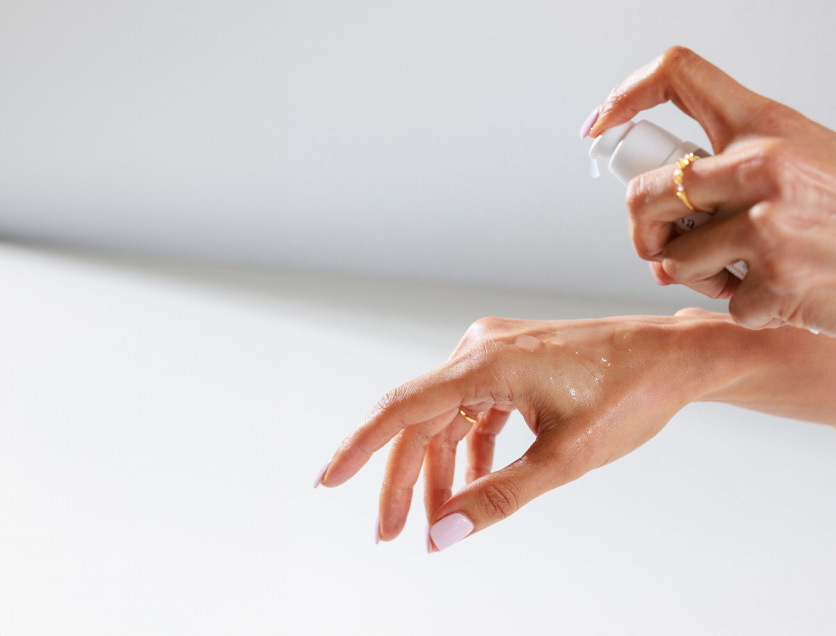
Magnesium & Menopausal Transitions: Examining the Evidence
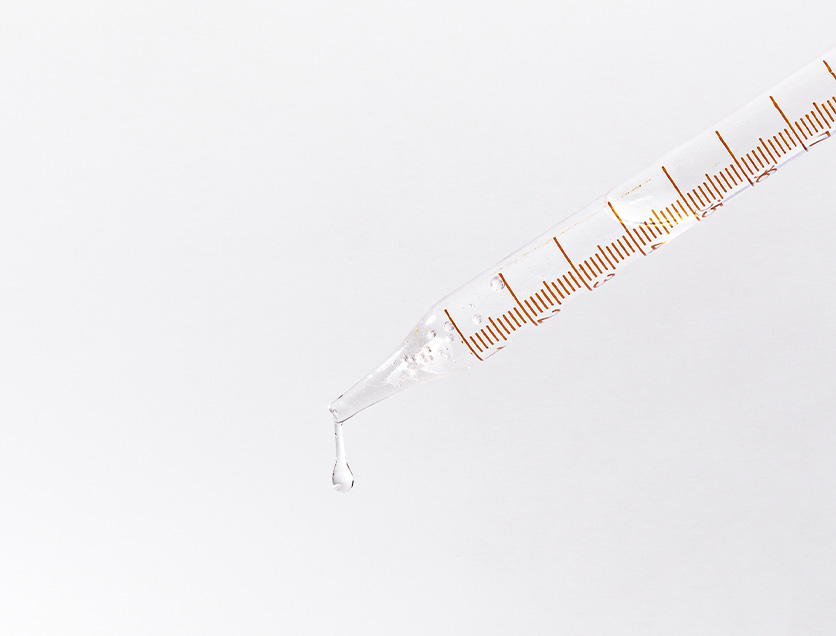
Azelaic Acid: Clinical Evidence for Inflammatory Skin Conditions
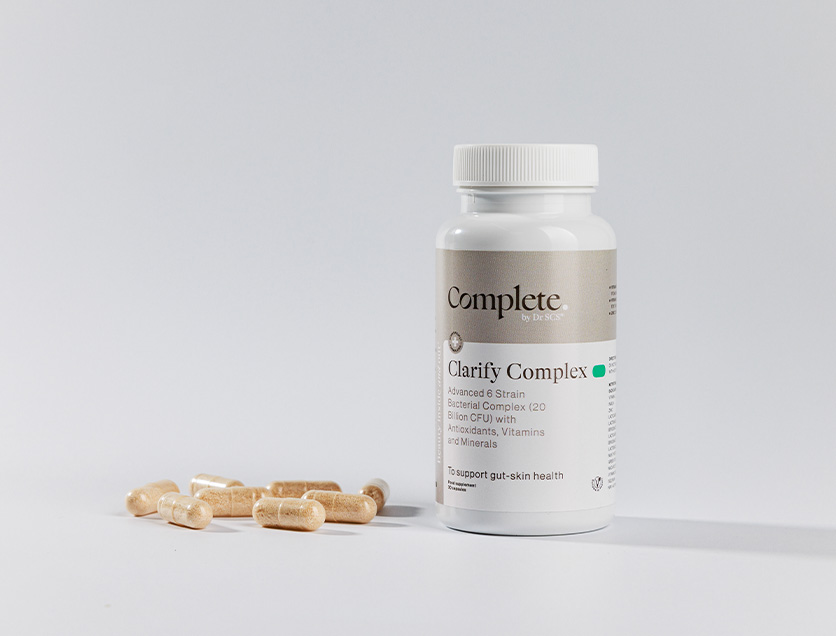
Understanding Nutritional Support for Skin Health: Beyond Marketing Claims
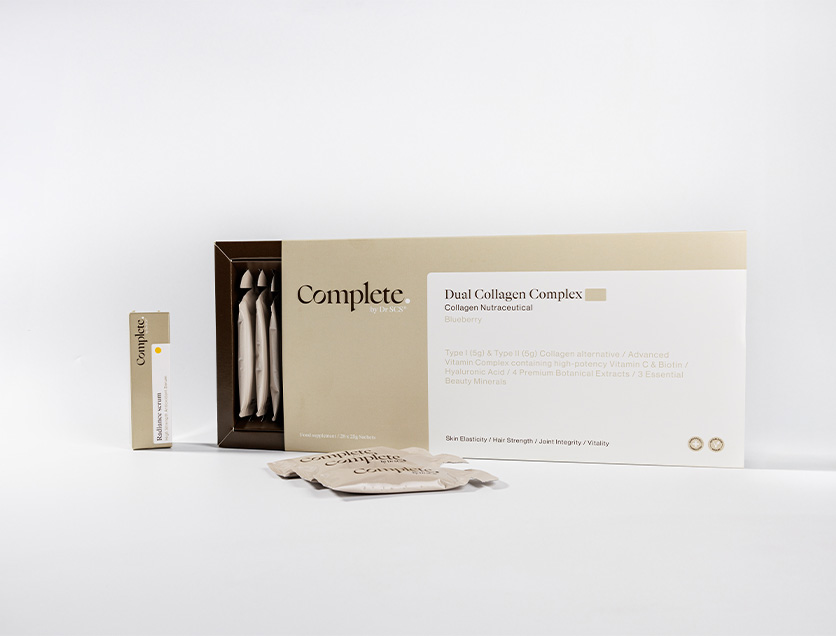
Understanding Integrated Skincare: The Science Behind Dual Approaches
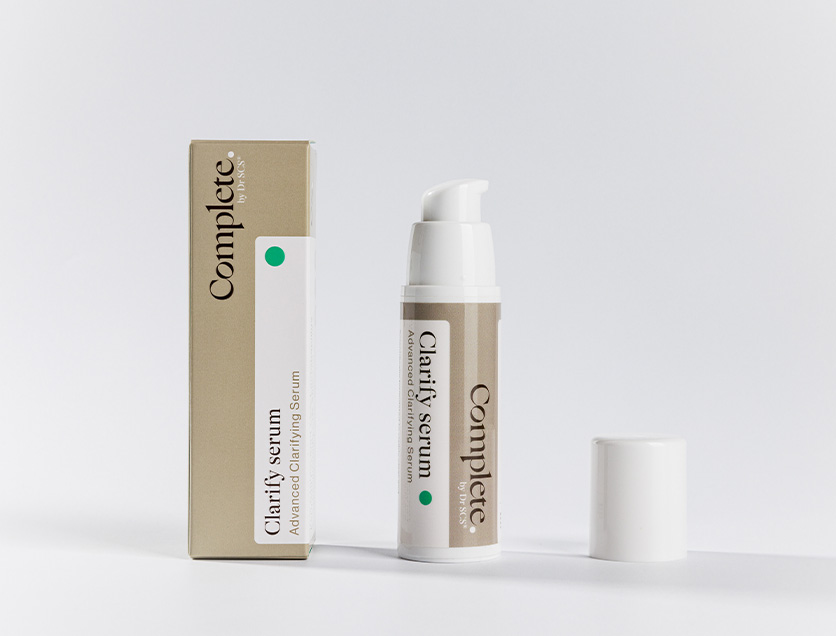
The Evolution of Skincare: Understanding Integrated Approaches
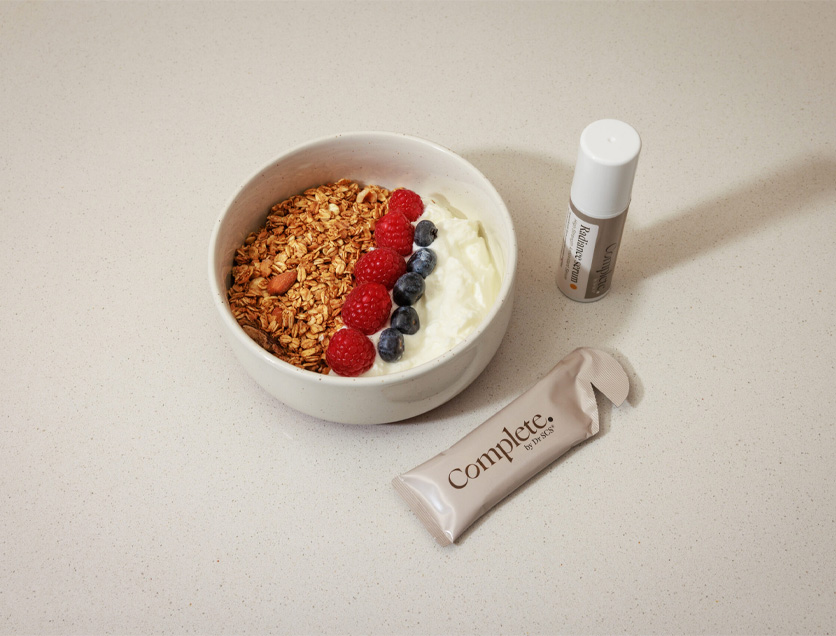
The Role of Nutrition in Skin Health: Evidence-Based Insights
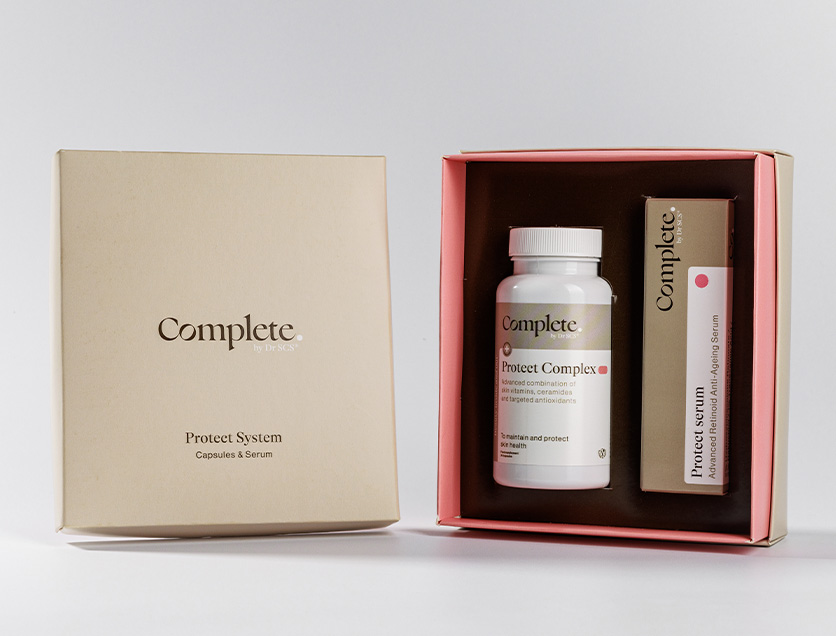
Understanding Anti-Ageing Skincare: What Actually Works
